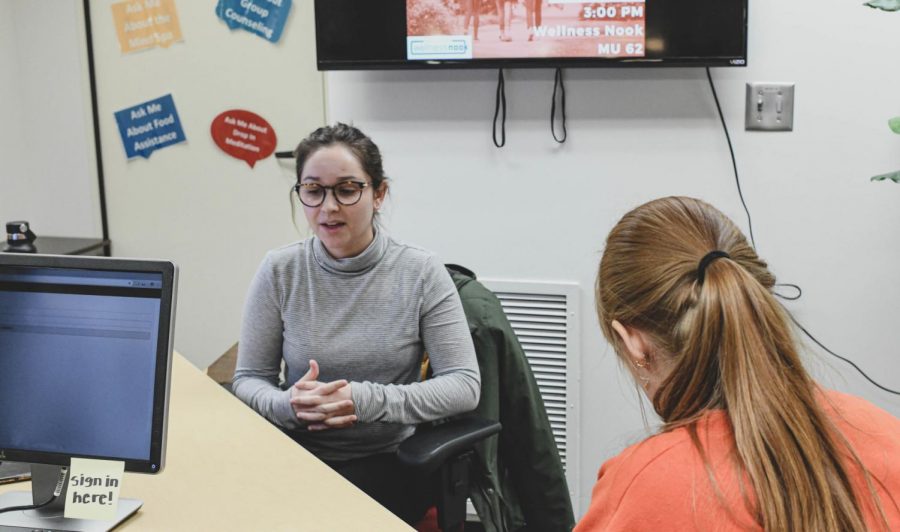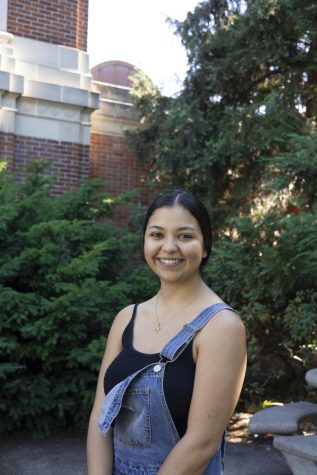Extra credits can affect undergraduate mental health
March 9, 2020
As Phase One of registration for spring term comes to a close, undergraduate students will soon have the option to add extra credits that exceed the university’s requirements.
In order to be a full-time student at Oregon State University, undergraduate students must take at least 12 credits. During phase one, students have the option to register up to 16 credits, which can range between four or five classes depending on the weight. Phase two of registration—from March 12 to April 5—is set up for students who want to add on any extra credits, up to a maximum of 24.
Reasons for adding on extra classes can range from a student wanting to graduate early, ease financial burden, or to make room for a semester studying abroad or interning.
If a student has below a 3.5 GPA, a petition for over 19 credits must be signed by advisors in order to allow students to bypass the registration maximum, yet the mental health effects of such increases are not always reviewed thoroughly by the advisors before signing.
“There can be the stress of academics and loss of ability to perform in the way [students] typically see when they’re under induced stressors, that are often unanticipated for that term,” said Beth Zimmerman, a licensed psychologist at CAPS. “There are so many life variables that can show up, that can create that situation where what you had planned becomes less manageable or even unmanageable.”
Zimmerman noted that putting an exact number on students who come into CAPS seeking resources due to stress over a heavy course load. Besides counseling, students can visit CAPS for support groups and workshops about self-care strategies.
“I use a day planner to manage my day and that very much keeps me in line,” said Jax Richards, a first-year speech communications and public policy student. “I am doing a lot that’s big tasks, but when you break it up into items, it’s not nearly as threatening. I’ve definitely had my struggles, but I’ve been able to get it done.”
Along with double majoring, Richards also has double minors in economics and human development and family sciences, adding up to an average of 20 credits per term in order to make the major requirements.
“College is just as much about the hands you shake than the grades you make,” Richards said. “At the end of the day, it’s really just about doing your part to learn and better yourself.”
Richards spends his free time developing his non-profit, Safeguard Youth, engaging in the Residence Hall Association,and free-lancing graphic design when he gets the opportunity to.
“If you can do your own self-checks, you can decide ‘Can I handle this right now?’” said Zimmerman. “If school is taking up 90% [of your time,] is that sustainable? For some it might be temporarily, because it’s helping them graduate and it’s getting them on the path for less economic stress.”
According to Zimmerman, balancing a social life and academics are not the only things to consider when upping a course load. Other categories include figuring in time to work, have leisure time, familial ties and determining if it is financially feasible to take more classes.
The financial aspect of adding more credits can become a set-back for students who can find time for the extra classes and homework, but can’t pay the fees included. At OSU, classes are paid for by credit, with each credit costing approximately $260 for in-state students and $694 for out-of-state students.
“Financials is not something that’s causing me stress, but [something] I’m very aware of and keeping in mind,” Richards said.











































































































